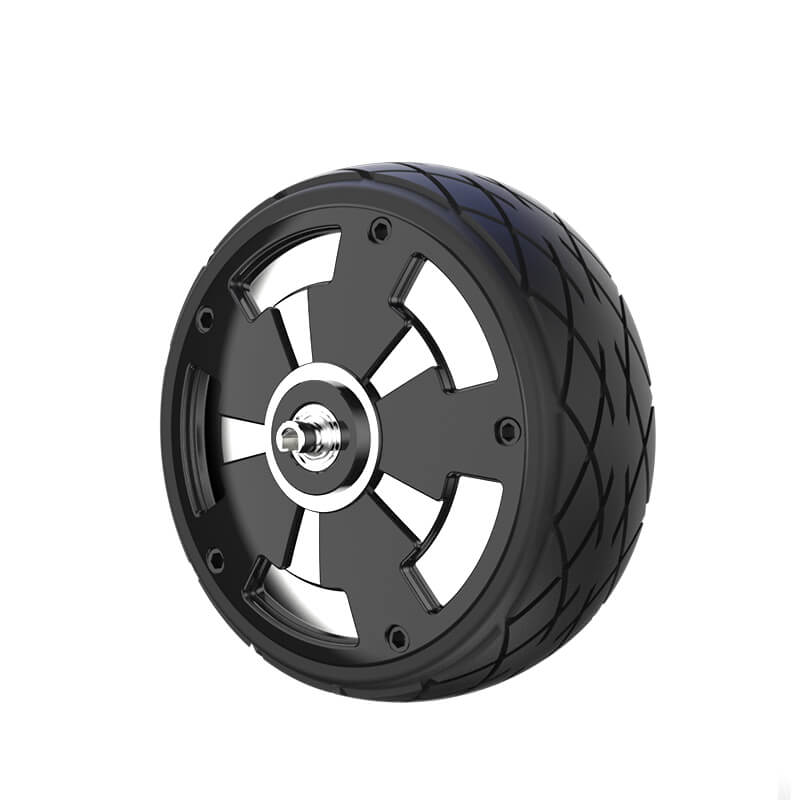Sure thing! Lemme take you on a little tour through the ins and outs of parts of an industrial servo motor, the kind that powers those big machines, automation lines, and precise robotics. Think of it like dissecting a living, breathing piece of tech—each component is a vital organ, and understanding them is the first step to making sure everything runs smoothly.

So, what’s really inside a servo motor? First off, you have the stator—the stationary part that’s packed with copper windings. It’s kind of like the heart of the motor, creating magnetic fields when energized. Without it, the rotor wouldn’t know where to go, plain and simple. Speaking of the rotor, that’s the part that spins around—like the motor’s muscle. It’s usually made of iron or laminated steel, sometimes with permanent magnets tucked inside. Those magnets are what give the rotor its pull, its magnetic handshake with the stator.
But wait, how does the motor know when to spin? Enter the encoder. Think of it as the motor’s inner voice, constantly telling the controller “Hey, I’m moving!” or “Hold on, I need to turn a bit more.” Encoders translate physical position into electrical signals, which get sent back for real-time adjustments. This is what makes servo motors so precise—they don’t just spin; they know exactly where they are at any given moment.
And then, there’s the driver or the amplifier. This component is the brain behind the scenes. It takes commands from a control system and translates them into the right current and voltage for the stator. Without a good driver, even the best parts can’t dance in harmony. That’s why having a reliable, high-quality driver is as critical as picking the right gear in a fine watch.
Oh, and we can’t forget cooling systems. These motors love to get hot, especially during intense operations. Many come equipped with cooling fans or external heat sinks, because overheat can mess up the whole performance. You wouldn’t want your motor to turn into a little meltdown, right?
Now, how do all these parts come together? Well, imagine you’re orchestrating a performance. The stator forms the foundation, the rotor the focus, the encoder the conductor’s baton, and the driver the maestro. Proper synchronization keeps everything moving seamlessly—whether it’s lifting, spinning, or precise positioning.
Ever wondered what happens when something goes wrong? Usually, it’s a connection issue, or maybe the encoder rubber bands lose their grip, or the driver’s voltage drops unexpectedly. That’s why routine checks and good maintenance routines are key to keeping things humming.
Sometimes, folks ask, “Is quality worth the extra bucks?” Honestly, when dealing with industrial parts, you’re betting on longevity and reliability. It’s like buying a top-notch pair of sneakers—cheaper ones might fall apart sooner, leaving you more trouble than they’re worth.
So, if you’re looking to boost your machinery’s performance, understanding these parts helps because you finally see where the magic happens. Whether it’s a precision task or heavy-duty operation, a well-assembled servo motor with premium parts makes all the difference. The real key is knowing what each component does—and knowing that quality parts, like those from trusted vendors, stay resilient in the toughest conditions. That’s what counts when you’re aiming for smooth, faultless motion every single time.
Established in 2005, Kpower has been dedicated to a professional compact motion unit manufacturer, headquartered in Dongguan, Guangdong Province, China. Leveraging innovations in modular drive technology, Kpower integrates high-performance motors, precision reducers, and multi-protocol control systems to provide efficient and customized smart drive system solutions. Kpower has delivered professional drive system solutions to over 500 enterprise clients globally with products covering various fields such as Smart Home Systems, Automatic Electronics, Robotics, Precision Agriculture, Drones, and Industrial Automation.




































